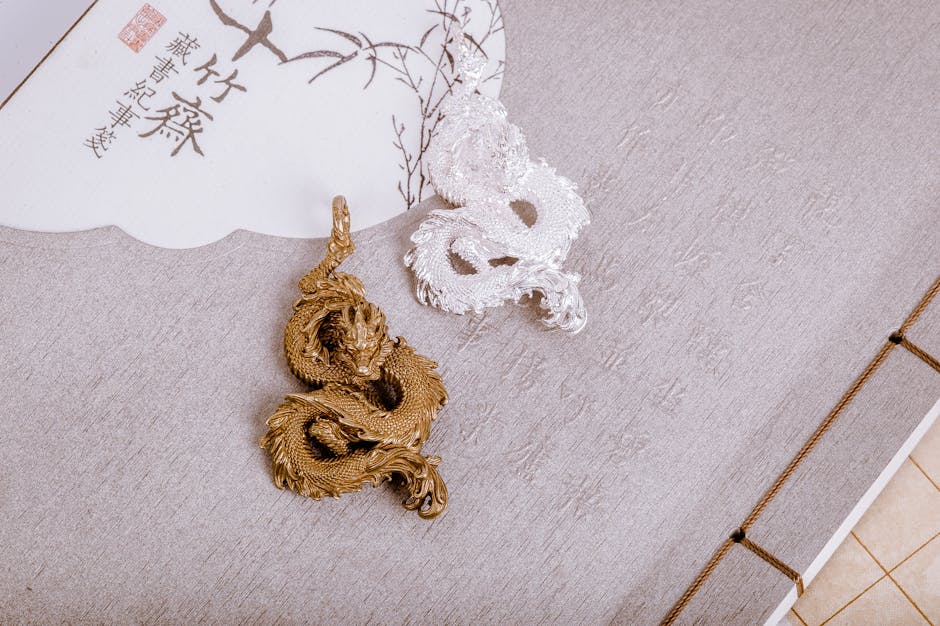
In the northern reaches of Japan, in the prefecture of Aomori, lies a craft that embodies both profound beauty and relentless dedication: Tsugaru-nuri lacquerware. As a curator of crafts, I find immense joy in uncovering stories of artisans whose lives are interwoven with their art, and few exemplify this more compellingly than Traditional Craftsman (Dentō Kōgeishi) Sasaki-san, whose remarkable journey with Tsugaru-nuri spans an incredible 50 years.
The Enduring Art of Tsugaru-nuri
Tsugaru-nuri is not merely a decorative art; it is a testament to patience, precision, and an intimate understanding of natural materials. Originating in the Tsugaru region of Aomori, this distinctive style of lacquerware is renowned for its intricate patterns and robust finish. Unlike many other lacquer techniques, Tsugaru-nuri is characterized by its layering of multiple coats of colored lacquer, which are then ground down and polished to reveal stunning, complex designs such as the "Kara-nuri" (charcoal-polished pattern), "Nanako-nuri" (fish roe pattern), and "Monsha-nuri" (brocade pattern).
A Lifetime of Dedication: Sasaki-san's 48 Processes
At the heart of Tsugaru-nuri's enduring legacy is the unwavering commitment of artisans like Sasaki-san. His title, 伝統工芸士 (Dentō Kōgeishi), signifies not just mastery, but a profound responsibility to preserve and transmit these invaluable skills. What truly sets Sasaki-san apart is his personal involvement in every single stage of creation. The craft of Tsugaru-nuri is famously complex, involving a staggering 48 distinct processes – from preparing the wooden base to the final polishing. In an era where specialization is common, Sasaki-san stands as a guardian of holistic craftsmanship, performing all 48 of these processes himself. This singular dedication ensures a consistent quality and an inimitable soul in every piece he creates, a direct link from his hands to the final form.
His 50 years of experience are not just a measure of time, but a chronicle of countless hours spent refining techniques, understanding the nuanced reactions of lacquer to different conditions, and perfecting the intricate grinding and polishing that define Tsugaru-nuri. Each layer of lacquer tells a story of his perseverance, his skill, and his passion.
The 'Scent of Tsugaru': More Than Just a Fragrance
The news headline beautifully captures a profound concept: 「津軽のにおい」 (Tsugaru no nioi), which translates to "the scent of Tsugaru." For Sasaki-san, this isn't a literal smell, but a metaphor for the very essence, spirit, and cultural identity of the Tsugaru region embedded within each piece of lacquerware. It speaks to the raw materials sourced from the region, the climate that influences the drying process, the history passed down through generations, and the artisan's own soul poured into the work. When one holds a piece of Sasaki-san's Tsugaru-nuri, they are not just touching a beautiful object; they are connecting with the land, the heritage, and the enduring spirit of Aomori.
Tsugaru-nuri in Modern Life: A Bridge Between Eras
In a world increasingly dominated by mass-produced goods, traditional crafts like Tsugaru-nuri offer a vital connection to authenticity and human artistry. While rooted in history, Sasaki-san's creations fit seamlessly into contemporary life. A Tsugaru-nuri bowl elevates a simple meal, a tray becomes a statement piece, and an accessory adds a touch of timeless elegance. These pieces are not just functional; they are heirlooms, conversation starters, and daily reminders of the beauty that can emerge from meticulous handcraftsmanship. Their incredible durability, a result of the extensive layering and polishing, ensures that they can be cherished for generations, continuing to tell the story of Aomori and its dedicated artisans.
Sasaki-san's 50-year journey with Tsugaru-nuri is a powerful testament to the enduring value of traditional crafts. His mastery of 48 processes and his commitment to preserving the Tsugaru no nioi ensures that this vibrant art form continues to thrive, captivating hearts with its intricate beauty and profound cultural resonance.
Comments
Post a Comment